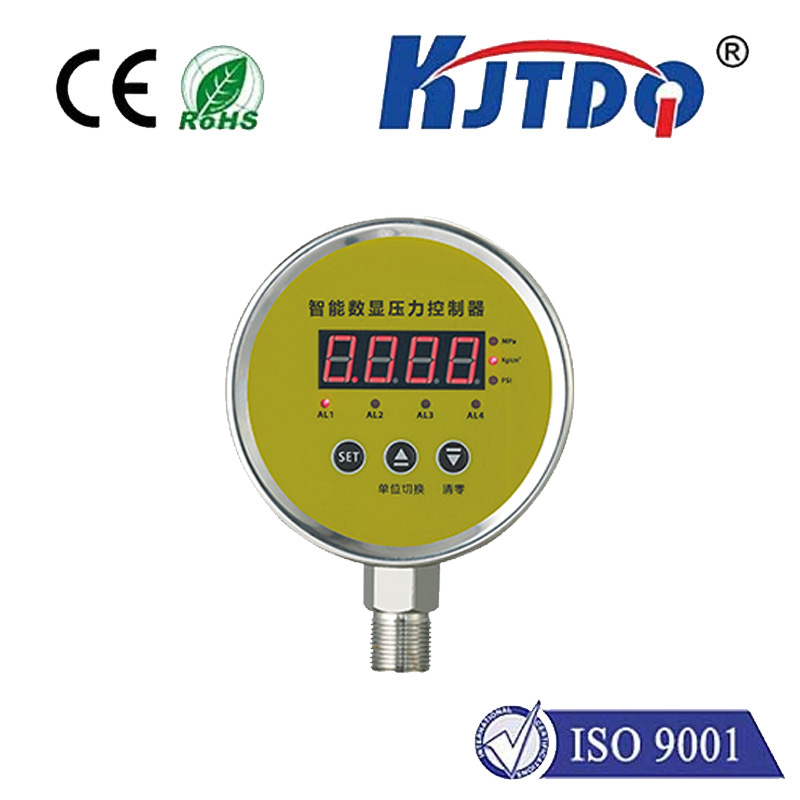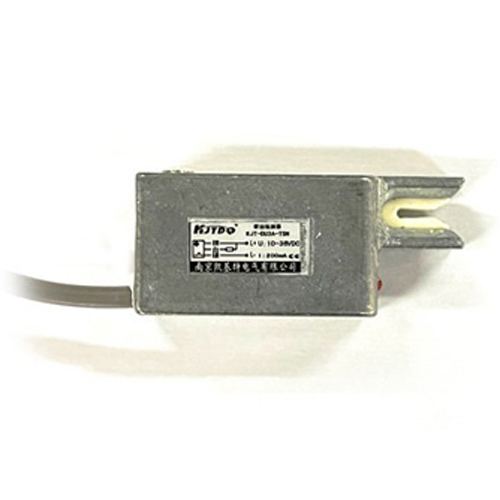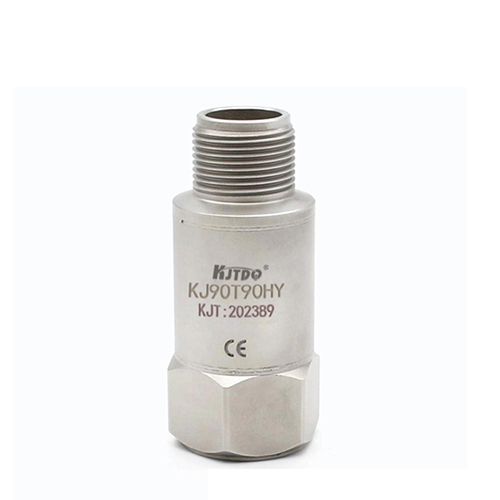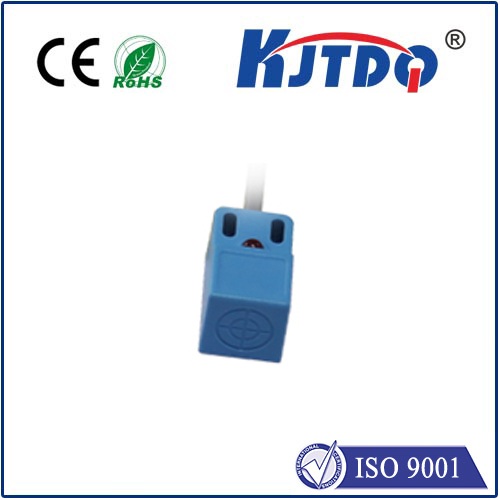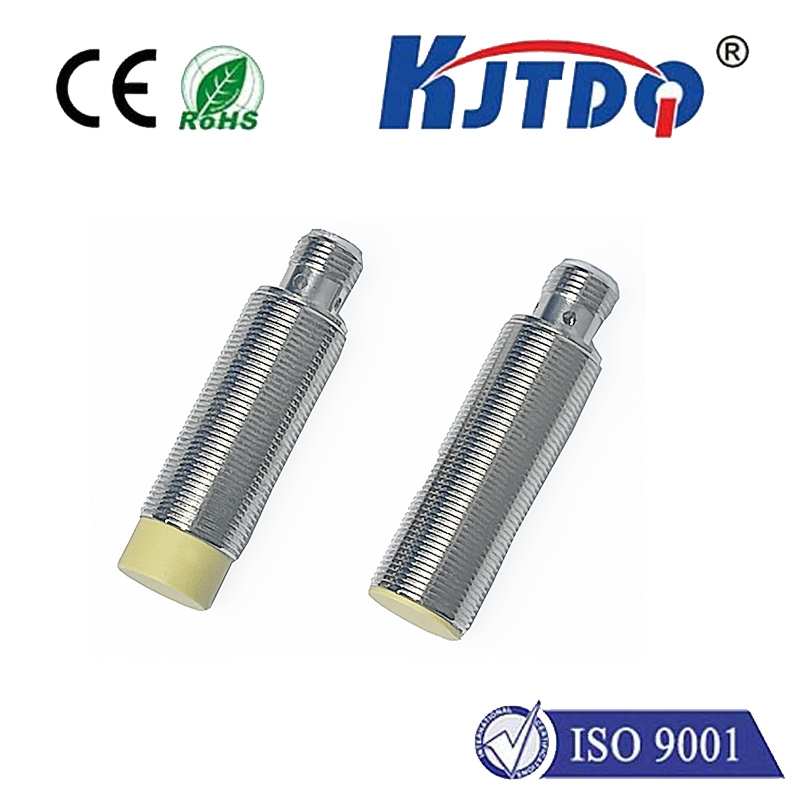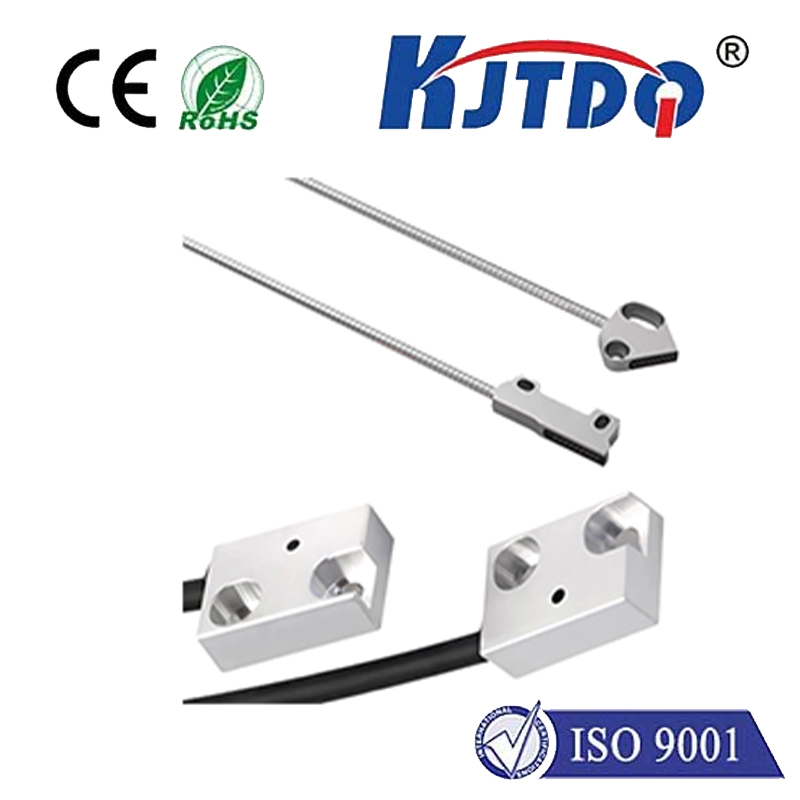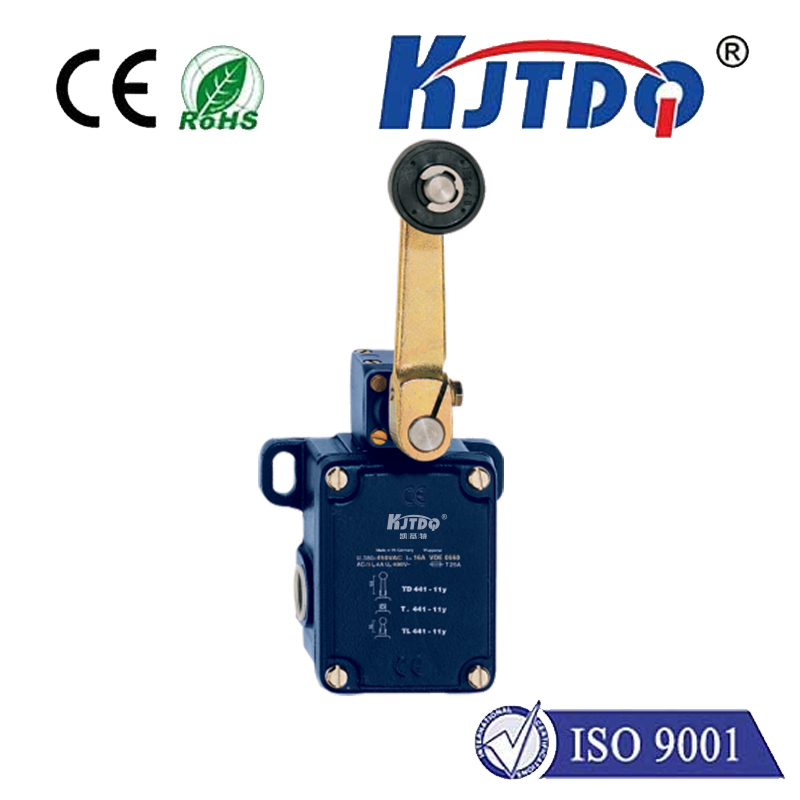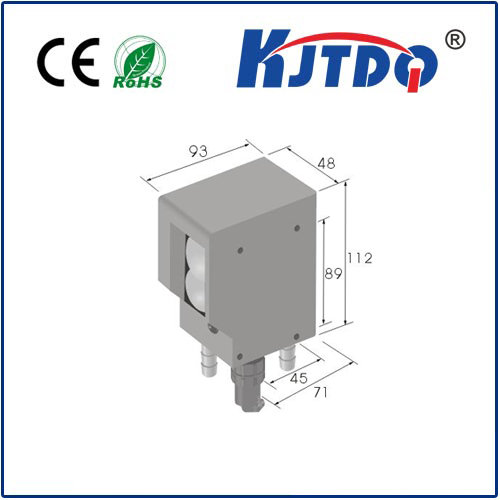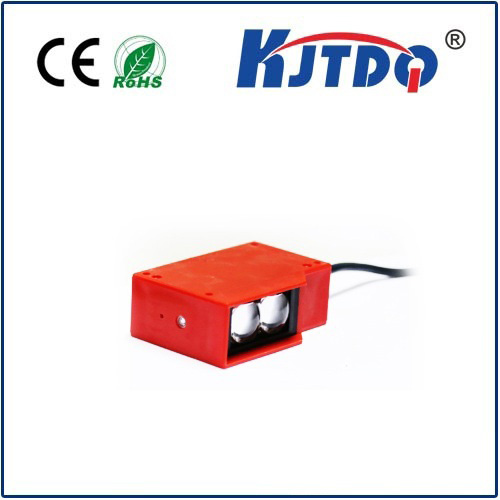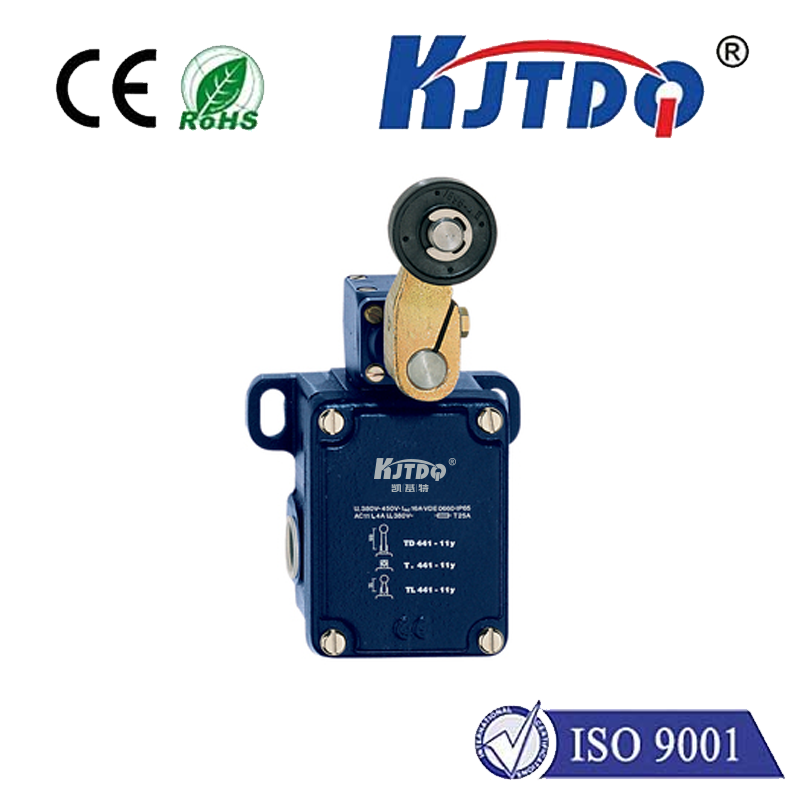

check

check

check

check
Imagine a complex assembly line humming with robotic arms. Components whizz by on conveyors, machinery performs precise welds, and products are seamlessly packaged. Now, picture the chaos if these sophisticated elements couldn’t “see” each other or detect the presence of crucial parts. This is where the unsung heroes of automation – proximity sensors – come into play, and the BES03PM proximity sensor stands as a reliable sentinel in countless industrial settings. This versatile component isn’t just about detection; it’s about enabling precision, safety, and unmatched efficiency in demanding applications.
At its core, a proximity sensor is a non-contact device designed to detect the presence (or absence) of an object within a specific range without physical touch. The BES03PM belongs to the capacitive proximity sensor family. Unlike inductive sensors that primarily detect metals, capacitive sensors excel at detecting a much wider range of materials, including liquids, plastics, wood, glass, powders, and of course, metals. This inherent flexibility makes the BES03PM incredibly adaptable.

So, how does the BES03PM proximity sensor achieve this? It operates by generating an electromagnetic field. When any object enters this detection field, it causes a measurable change in the sensor’s capacitance – its ability to store an electrical charge. The BES03PM’s sophisticated circuitry detects this change and subsequently switches its output state, sending a clear signal back to the control system (like a PLC). This seamless, non-contact detection is fundamental to countless automated processes. Key features that define its capability include:
Where does the BES03PM truly shine? Its application breadth is vast:
Integrating the BES03PM proximity sensor is generally straightforward, but attention to detail ensures optimal performance. Selecting the correct sensing range (e.g., BES03PM-8N for 8mm) for the application is paramount. Mounting must be secure, and the sensor face must be oriented correctly towards the target path. Understanding the required output type (PNP, NPN, NAMUR) and wiring it correctly to the control system is essential. Environmental factors like extreme temperatures, humidity, or heavy dust may necessitate choosing a variant with appropriate ingress protection (IP rating). Crucially, calibration or sensitivity adjustment might be needed, especially when detecting materials with lower dielectric constants (like thin plastics or certain powders) or when installed behind thick container walls; most BES03PM models feature a potentiometer for fine-tuning the detection threshold.
Beyond the technical specs, the real value of the BES03PM lies in its contribution to operational efficiency. By providing reliable, non-contact detection, it prevents machinery jams caused by missing parts, ensures consistent process flow, and enables precise control sequences. This reduces downtime, minimizes product waste, and enhances overall production throughput. Its robust design translates to lower maintenance needs and longer service life, contributing to a lower total cost of ownership. The inherent safety aspect, especially the intrinsically safe NAMUR option, also protects personnel and valuable equipment in sensitive environments. Choosing the right sensor for the job is critical; the BES03PM fills a vital niche where material versatility and reliable non-metallic detection are key requirements. Its performance makes it a cornerstone component in the intricate dance of modern industrial automation, continuously enabling smarter, safer, and more efficient manufacturing and processing worldwide.
